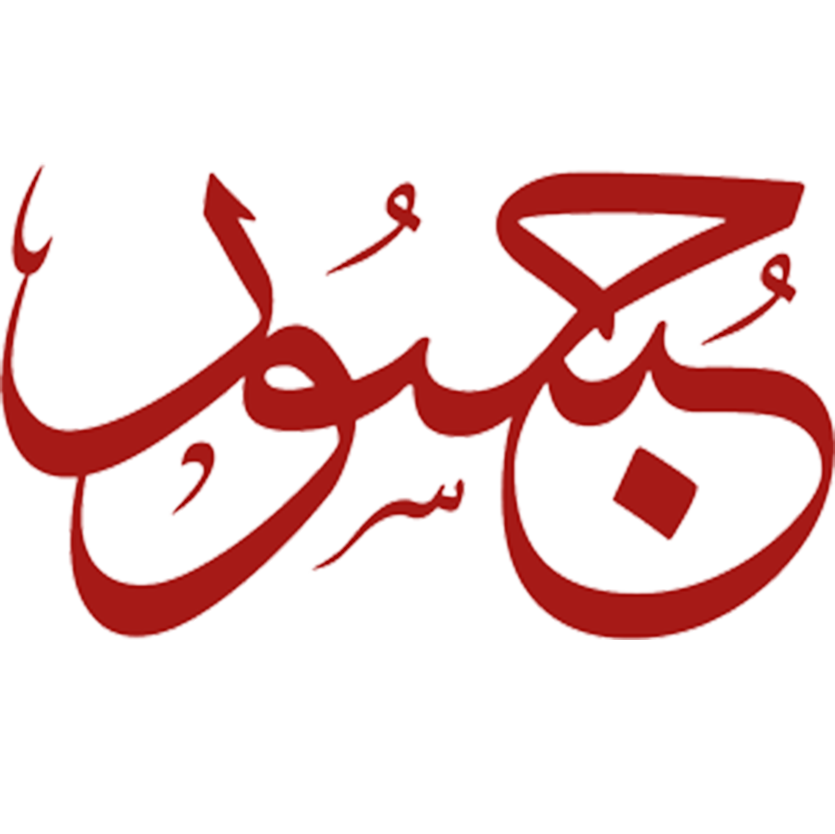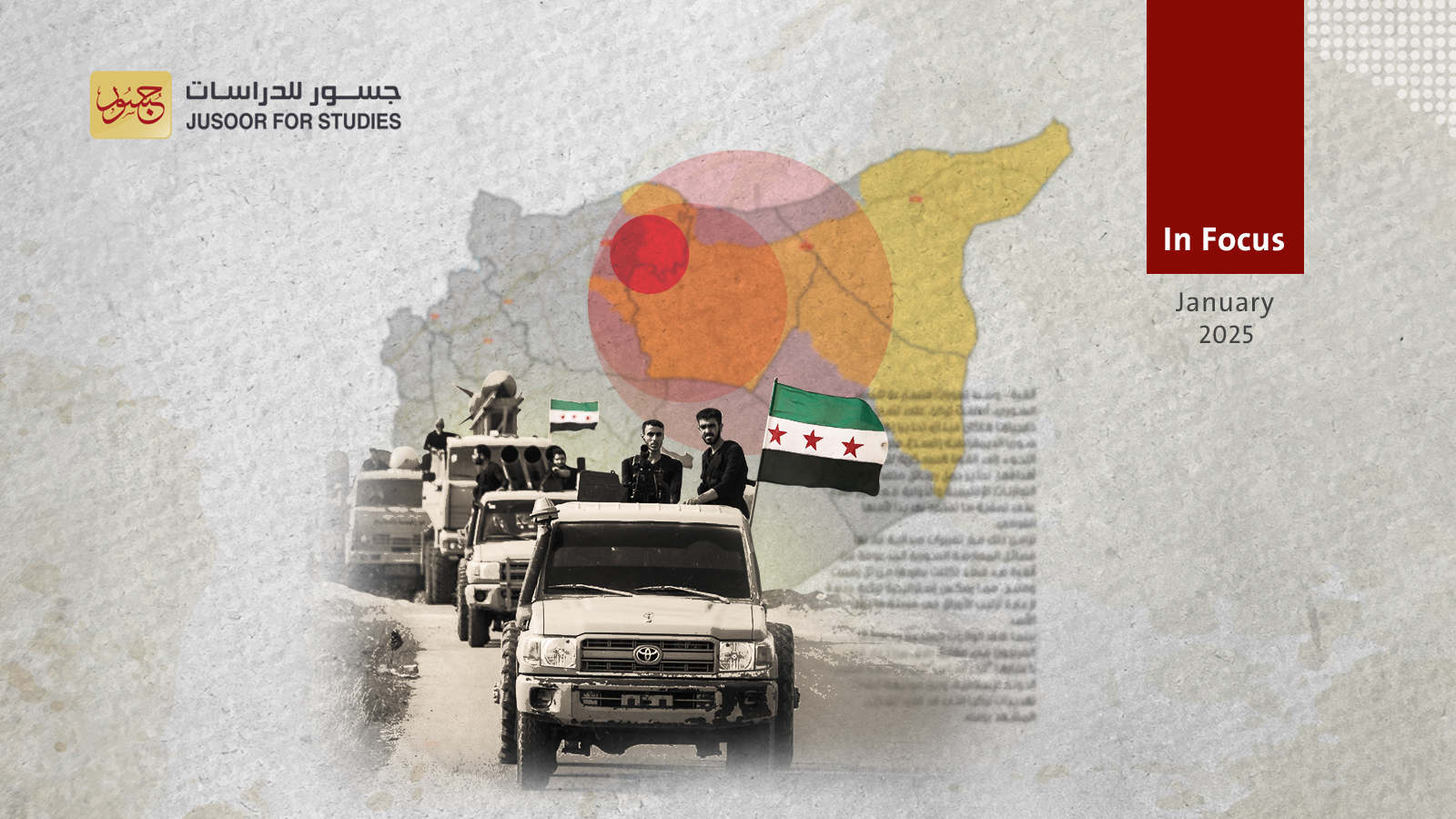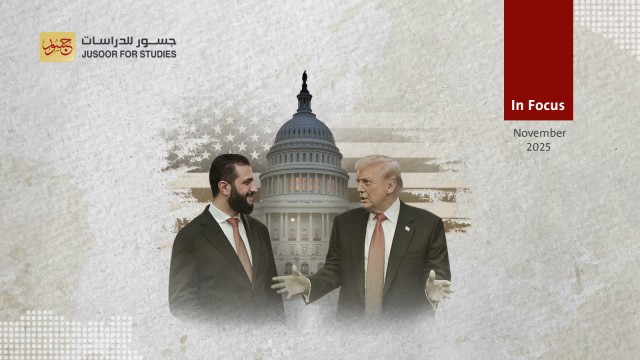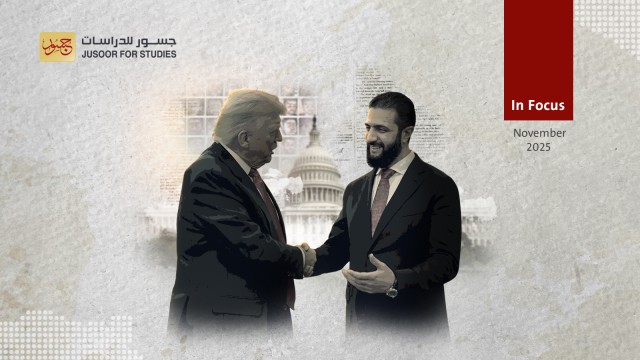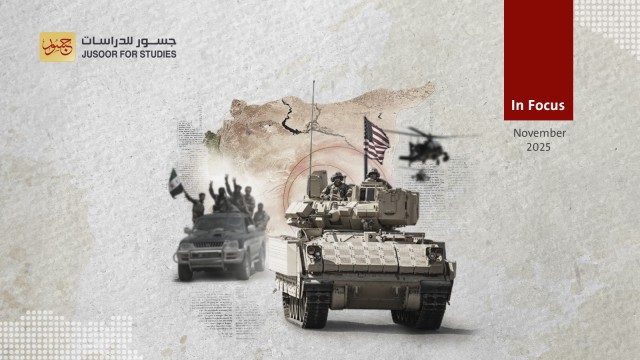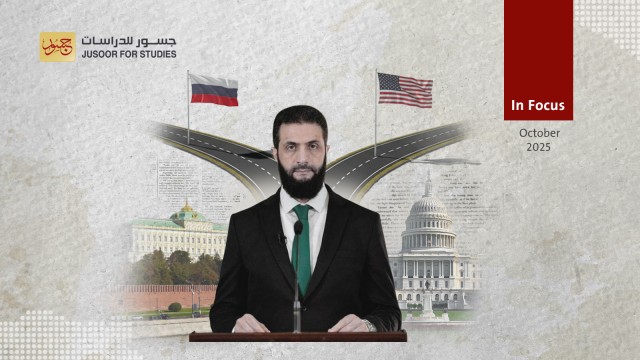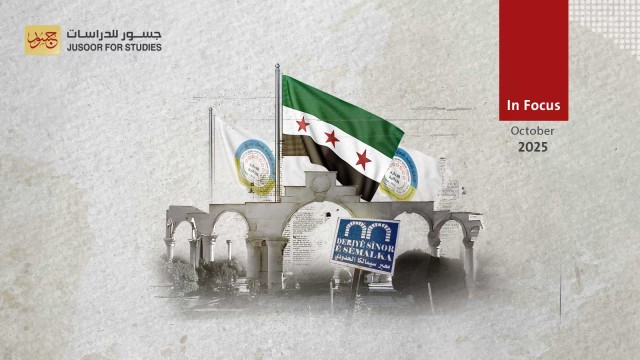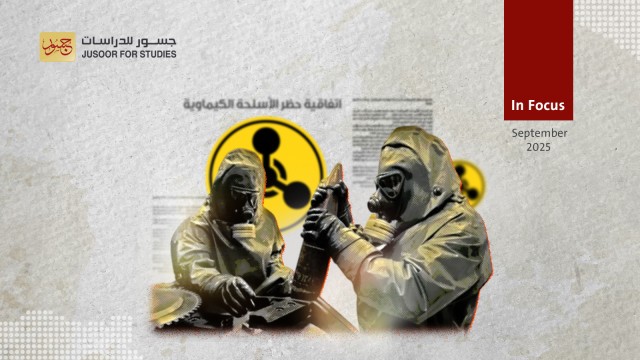Where Does Assad’s Fall Leave the SDF?
The Democratic Union Party (PYD) and the autonomous administration it leads in northeastern Syria had a series of understandings with the Syrian regime of toppled president Bashar Al-Assad. Damascus, the Autonomous Administration of North and East Syria (AANES) and the Kurdish-led Syrian Democratic Forces (SDF) cooperated on various security, military and economic issues: most importantly, the regime held onto security “districts” inside SDF-controlled parts of central Hasakah and Qamishli cities, while PYD-affiliated groups continued to control the Kurdish-majority Ashrafieh and Sheikh Maqsoud neighborhoods of second city Aleppo.
That modus operandi between the SDF and the regime guaranteed relative freedom of movement for security and military officials on both sides in their respective areas of control. After the Sochi 2019 agreement, the two sides established joint military positions along the frontlines with Turkish-backed opposition forces and along the Turkish border with northern and eastern Syria. The SDF committed to ensuring the continued flow of daily oil and gas shipments from SDF-controlled areas to regime-controlled areas, via the Arfada oil company (owned by the Qaterji family).
The PYD was hoping this coordination with the regime, involving several rounds of negotiations between the two parties, would earn it legitimacy, but in fact it yielded no progress or regime recognition of the AANES or the SDF. The PYD was able to use its relationship with the regime as a gateway to greater coordination with the latter’s international allies, Russia and Iran. This was rather more successful, gaining the PYD protection and certain military gains from these parties during the conflict, but this did not lead to a breakthrough in terms of legitimacy or political recognition.
The sudden and dramatic collapse of the Assad regime on 8 December 2024 shattered this status quo and posed a pressing existential challenge to the PYD’s project, especially as the regime’s fall swiftly precipitated the withdrawal of Russian forces from most parts of Syria, including those controlled by the SDF in the Aleppo and Al-Hasakah governorates, where Russian forces had deployed after the withdrawal of U.S. forces in October 2019.
The fall of the Assad regime also triggered a complete withdrawal of Iranian militias, which had been part of a joint security and military operations room alongside both SDF and regime forces in Tal Rifaat and Shahba districts on the lines of contact. These withdrawals have cost the SDF large portion of its defensive capacities in those areas.
This new reality has left the PYD both isolated and—unusually—without serious international support, except for partial and conditional U.S. support, mainly linked and proportionate to the SDF’s role as “local partner” in the international coalition against the Islamic State group in Syria and Iraq.
After the new de facto Syrian authority’s forces from Idlib reached Aleppo city, the SDF deployed outside its main areas of control, crossing the Euphrates River and taking up positions in former regime-controlled areas on the opposite bank. It later withdrew from some of those areas, but seized weapons depots, equipment and military vehicles from former regime forces, which helped the SDF to flee from those areas. The force also took control of certain state-owned industrial facilities such as bakeries, mills and grain silos, while continuing to hold on to certain positions in order to use them as a forward line of defense and as a potential bargaining chip in negotiations with the new Syrian administration.
Indeed, the two sides have held two meetings, including one bringing together SDF commander-in-chief Mazloum Abdi and Syria’s new de facto ruler Ahmad al-Sharaa. The only solid outcome was an agreement over a few basic issues related to the future of Syria and a confirmation that the SDF would be integrated into the new Syrian army, according to a statement by Abdi on January 10.
These negotiations between the new Syrian administration and the PYD represented by the SDF, have not ended the intensifying clashes between the SDF and Turkish-backed Syrian National Army factions (formerly known as the Free Syrian Army) around the Tishrin Dam, Maskana and south of Manbij in Aleppo province. Türkiye is also carrying out a campaign of airstrikes with warplanes and drones in support of its armed allies on the ground.
To date, the Turkish campaign has mainly aimed to put pressure on the SDF. This is in line with Ankara’s strategy, in coordination with Washington and the new Syrian administration, of balancing between its clear demand that the SDF and the PKK-linked People’s Protection Units (YPG) in Syria be dismantled, as well as the fact that the U.S. administration has deferred the question of the future of its own forces in Syria until the arrival of the Trump administration.
However, the current areas of control have largely been frozen, pending a resolution of security concerns associated with the International Coalition’s mission in Syria: primarily the question of securing the detention centers and camps holding more than 12,000 IS fighters and 45,000 of their relatives, as well as the issues of guarantees that the International Coalition’s security and intelligence operations, in partnership with the SDF, will continue.
Türkiye appears to be working with the U.S. and Syria’s eastern neighbor, Iraq, to resolve these issues by ensuring the detention centers and camps are dismantled, moved or secured, tasking the new Syrian Army with joint counter-terrorism partnership operations once the SDF has been dismantled and integrated, and ensuring that SDF military and security units trained and armed by the U.S. (particularly the YAT anti-terrorism and TOL military units) are integrated into the new army’s counter-terrorism apparatus in order to ensure that they are not affected by the dismantling and integration of the SDF.
The scenario of a Turkish military intervention, in the form of a large-scale ground operation against the SDF, remains a possibility, especially if no solution emerges from negotiations between the U.S., the new Syrian administration, and more recently the Kurdistan Regional Government (KRG) in Iraq, which enjoys good relations with the Turkish side. The KRG is working hard to ensure the safe dismantling of PKK-affiliated organizations, to separate them from Kurdish political forces in Syria, and to unite the ranks of Syrian Kurdish national forces within a single bloc that can play a role in building a new state.
However all this plays out, the reality on the ground and internationally suggest that the fate of the SDF will be similar to that of any other military faction inside Syrian territory. The force is being dealt with on that basis, without any special treatment on regional or ethnic grounds. However, the economic importance and security sensitivity of the areas controlled by the SDF, particularly given the continued presence of IS cells, the PKK’s control, natural resources and related files—as well as the role some units of the SDF play in Coalition counter-terrorism operations—all means that settling the issue of SDF control over these areas will take longer, due to the need for regional and international coordination, consensus and effort. This may give the SDF a functional specificity, protecting those units or ensuring they are replaced with equivalent formations acceptable to the International Coalition and Türkiye.
